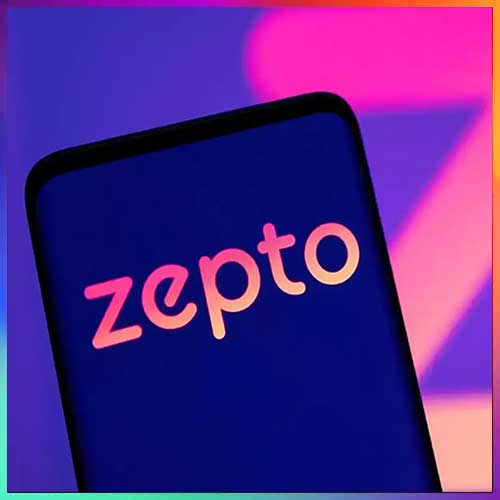Oracle VM 3.0 released
2011-08-25Oracle has released Oracle VM 3.0, its latest release of server virtualization and management solution. Oracle VM 3.0 is said to be suitable for all datacenter workloads and features new policy-based management capabilities, advanced storage management via the Oracle VM Storage Connect plug-in API; centralized network configuration management, improved ease-of-use and Open Virtualization Format (OVF) support.
Oracle VM 3.0 claims to allow administrators to streamline and automate end-to-end virtual machine provisioning for a significant reduction in time and overhead, simplifying IT processes and helping to reduce costs with the centralization of storage management alongside of logical network configuration and management. It helps customers deploy enterprise software in a rapid, repeatable and error-free manner with immediate availability of over 90 Oracle VM Templates for Oracle applications, middleware and databases. Oracle VM 3.0 is believed to be four times more scalable than the latest VMware offering, supporting up to 128 virtual CPUs per virtual machine, at a fraction of the cost. It has demonstrated support for up to 160 physical CPUs and 2TB memory using Oracle's Sun Fire X4800 M2 servers.
Oracle VM 3.0 running Oracle Linux guest VMs is four times less expensive when compared to VMware vSphere5 running Red Hat Enterprise Linux guest VMs. Oracle VM is free to download, has zero license cost, and affordable, enterprise-quality support is offered through a simple subscription model per server.
Wim Coekaerts, Sr. VP, Oracle Linux and Virtualization said, "Customers want to accomplish more with virtualization than just traditional server consolidation. They need virtualization solutions that can help them deploy, manage and optimize the full application 'stack' rather than just the servers alone. Oracle VM 3.0's application-driven approach to virtualization makes management of the hardware-software stack easier by enabling customers to deploy, manage and scale applications and resources more dynamically, increasing their operating efficiencies and lowering costs."
See What’s Next in Tech With the Fast Forward Newsletter
Tweets From @varindiamag
Nothing to see here - yet
When they Tweet, their Tweets will show up here.





























